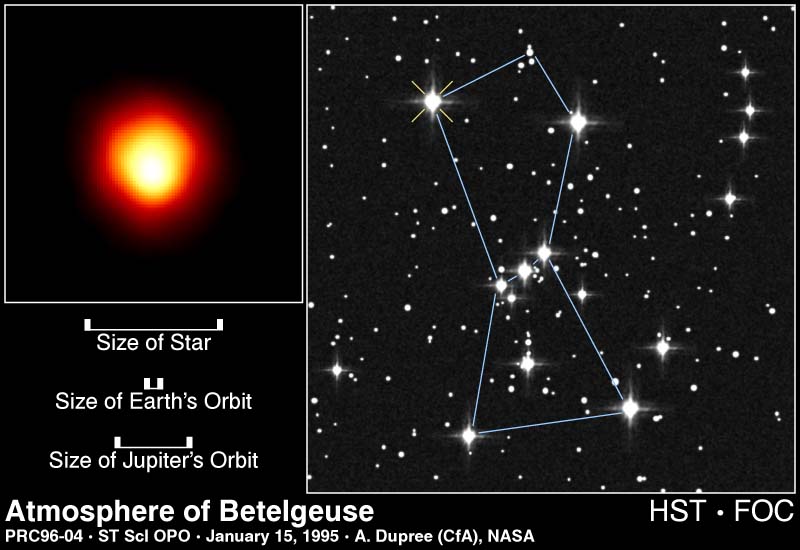 (M=20 Suns, R=1,000 Suns, L=135,000 Suns, T=3,500 K, d= 600 l.y., Age = 8.5 million years) |
PROPERTIES OF STARS
|
 (M=20 Suns, R=1,000 Suns, L=135,000 Suns, T=3,500 K, d= 600 l.y., Age = 8.5 million years) |
PROPERTIES OF STARS
|
Properties of Typical Main Sequence Stars
|
Properties of the Sun (Solar Units)
|
Properties of the Earth
|

